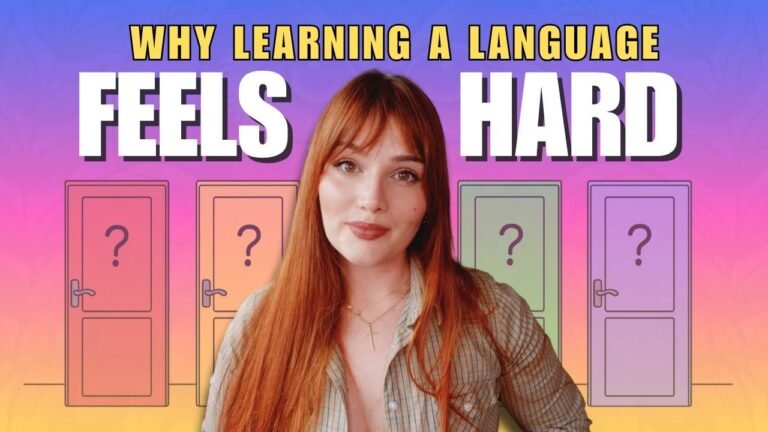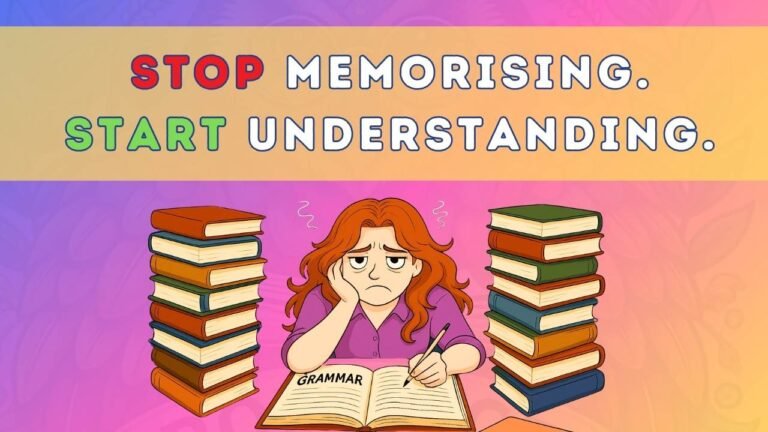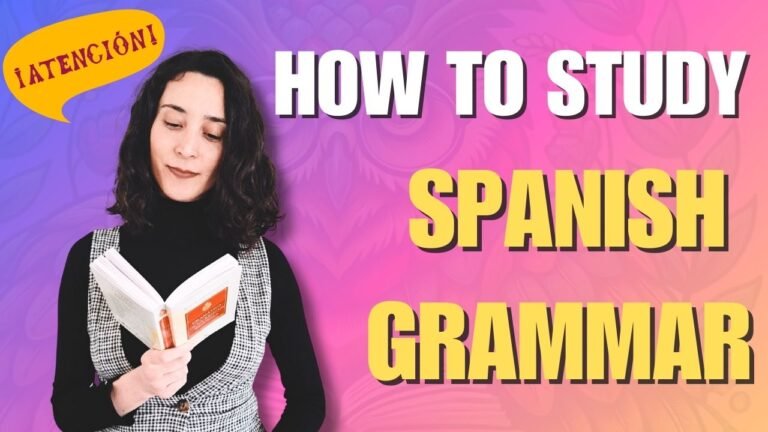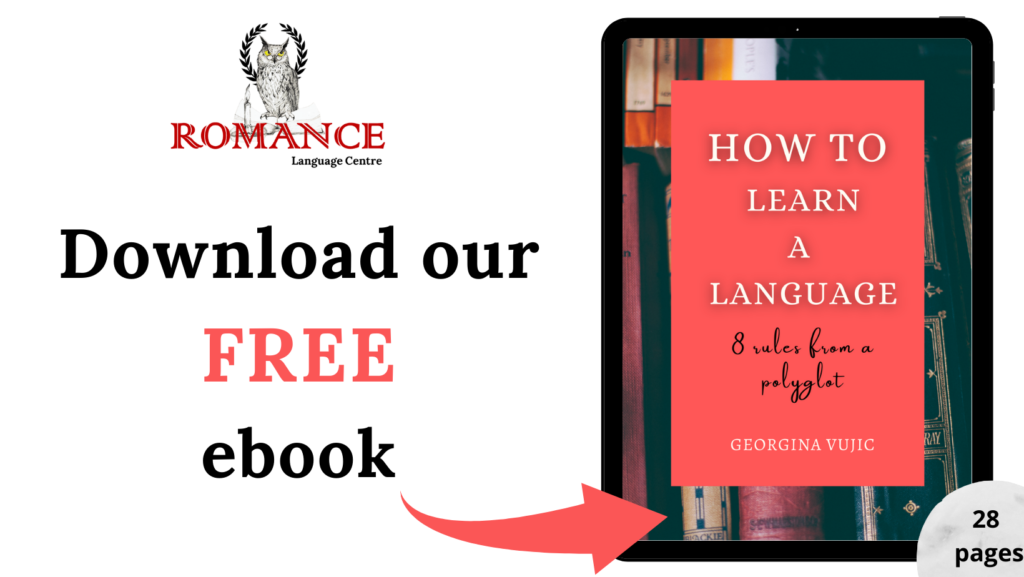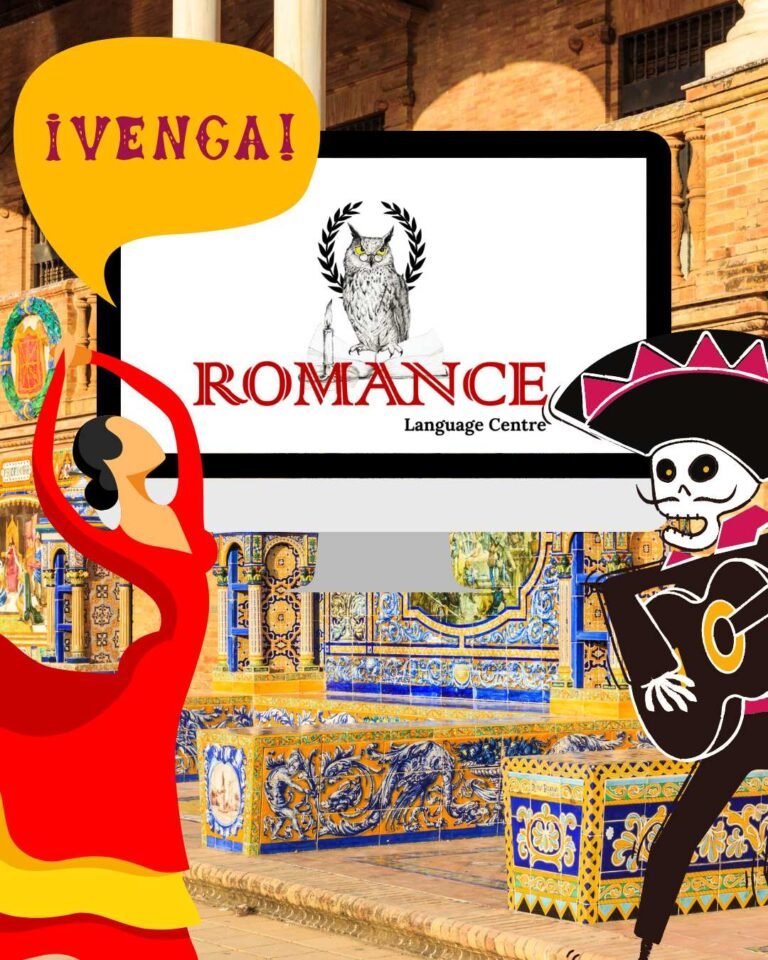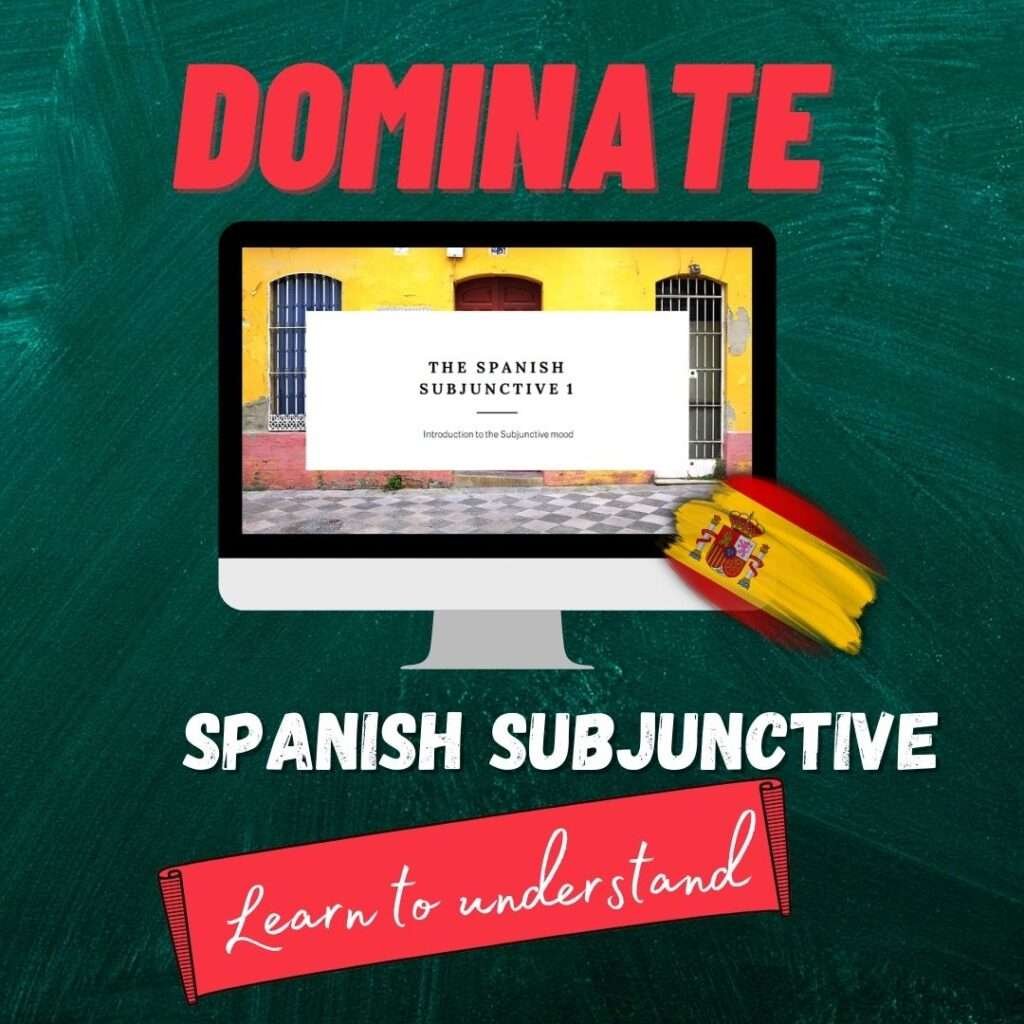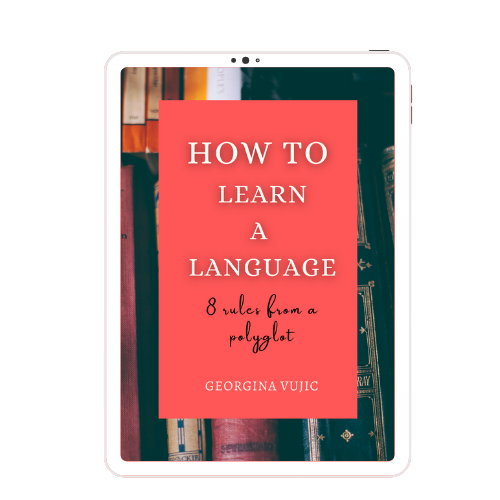If you’ve ever heard someone say “Don’t worry about grammar, just speak,” you might be wondering — is Spanish grammar really necessary? The short answer: absolutely.
Learning Spanish grammar has an unfair reputation. For some learners, it’s a dreaded obstacle full of charts, rules, and confusing exceptions. For others, it’s something to avoid entirely in favor of pure conversation and immersion. But if there’s one thing I’ve learned after years of teaching, it’s this: grammar is not the enemy of fluency. In fact, it’s one of your most powerful tools for expressing yourself with clarity and confidence.
The best way to learn Spanish grammar is not to choose between rules or real-life use, but to combine them. Grammar needs to be seen in action, practiced in context, and revisited until it becomes second nature. In this guide, we’ll explore why grammar still matters, the pitfalls of learning it in isolation or ignoring it altogether, and how to create a study approach that gives you both accuracy and fluency.
WHY GRAMMAR STILL MATTERS
Grammar is the invisible architecture of a language. In Spanish, it’s what allows you to show who did something, when it happened, how it happened, and even why it happened — all with small shifts in words and endings. Without it, your ideas may be trapped in a basic form, understandable but limited.
Take the verbs “comer” (to eat) and “hablar” (to speak). By changing their endings, you can travel through time: como (I eat), comí (I ate), hablaré (I will speak). You can also show mood, as in hablaría (I would speak) or hable (that I speak). Without an understanding of grammar, these changes feel like random memorization. With grammar, they become meaningful, letting you express nuances you never could before.
Linguist Diane Larsen-Freeman once said:
“Grammar is not a set of static rules; it’s a dynamic resource for making meaning.”
This is especially true in Spanish, where meaning is often carried in the endings of words, not just in the words themselves. You don’t need to memorize every rule in a dry, mechanical way, but you do need to understand the patterns if you want to move beyond basic conversation.
WHY RULES ALONE DON’T WORK
If grammar is so important, why do so many learners struggle with it? The main reason is that they study it in isolation. They memorize conjugation charts and verb endings, but when it comes time to speak, everything disappears.
This is the difference between knowing about Spanish grammar and being able to use it. You might know that the past perfect is formed with the imperfect of haber plus a past participle — había comido, habíamos hablado. But in conversation, when you want to say, “She had already left when I arrived,” you hesitate, unsure if you’ve got it right.
This gap exists because memorizing a rule (what linguists call “declarative knowledge”) doesn’t automatically translate into the ability to use it fluently (“procedural knowledge”). The bridge between the two is practice in meaningful context. That’s what turns a rule from something you recall with effort into something you use without thinking.
THE LIMITS OF JUST IMMERSION
On the other end of the spectrum, there’s the belief that grammar will simply “sink in” if you listen to enough Spanish. You watch movies, follow Spanish podcasts, scroll through Instagram in Spanish — and yes, this exposure is invaluable. It trains your ear, builds your vocabulary, and gives you a sense of the rhythm of the language.
But for adults, input alone often isn’t enough. Children can absorb language through immersion because their brains are primed for it and they spend thousands of hours in a rich language environment. Adult learners usually have less time and different cognitive processes. Without some explicit focus on grammar, errors can sneak in and stay there. This is called fossilization — when incorrect habits become permanent. It’s why some long-time Spanish speakers still make the same mistakes years later.
The truth is, immersion without grammar study is just as limiting as grammar study without immersion. One gives you familiarity, the other gives you precision. You need both.
@romancelanguagecentre ✨ UN PELÍN DE ESPAÑOL ✨ Today’s Spanish expression: pasar la noche en blanco 💤 It means you didn’t sleep a wink — maybe from nerves, excitement, or too much coffee ☕😅 👉 Curious how we teach real Spanish through stories, culture, and context? Visit us at https://romancelanguagecentre.com/ — see how we teach students to learn to understand, not just memorise. #spanishgrammar #spanishpodcast #learnspanish #spanishtiktok #spanishlessonsonline ♬ original sound – romancelanguagecentre
@romancelanguagecentre ✨ UN PELÍN DE ESPAÑOL ✨ This week’s bit of real Spanish: sudar la gota gorda. It means to sweat buckets — or to work really hard for something. 📚 Example: “Sudé la gota gorda en el examen.” Now it’s your turn: When did you sudar la gota gorda? Finish it below: “Yo sudé la gota gorda cuando…” 👇 A little Spanish, every week — Learn to Understand. #spanishgrammar #spanishpodcast #learnspanish
♬ original sound – romancelanguagecentre – romancelanguagecentre
@romancelanguagecentre Adventure to Fluency Podcast | S1EP2 | Duende: The Secret Power of Art 🎨 ✨ Did you know duende isn’t just a mischievous goblin? In Spanish, it’s also the magical force behind great art and deep emotion! 👉 Catch the full podcast episode + grab the free transcript and worksheet here: https://romancelanguagecentre.com/spanish-podcast/ LearnSpanish ElDuende SpanishVocabulary SpanishCulture AdventureToFluency #spanishgrammar #spanishpodcast
♬ original sound – romancelanguagecentre – romancelanguagecentre
THE BEST WAY TO LEARN SPANISH GRAMMAR
The most effective approach is what language educators call “focus on form.” This means you don’t just learn rules in a vacuum, and you don’t just throw yourself into conversations hoping grammar will magically appear. Instead, you start with real language, notice the grammar in it, study the rule, practice it in a focused way, and then apply it again in real use.
Imagine you’re reading a short Spanish story. You notice the writer keeps using phrases like había visto, habíamos comido. You recognize the pattern but aren’t sure exactly what it means. That’s when you study the past perfect tense, learn how it’s formed, and practice it in exercises. Then, you go back to speaking and writing, consciously using that tense to talk about things that happened before another event.
This approach keeps grammar connected to meaning. You’re not just learning “how” to say something — you’re learning “why” it’s said that way.
TURNING GRAMMAR INTO A LIVING SKILL
So how do you put this into practice in your own studies? Start by choosing authentic Spanish materials — a podcast, a dialogue, a short video. Listen or read actively, not passively. When you notice a particular structure being repeated, make a note of it. Maybe it’s the future tense: voy a ir, comeremos, saldrán.
One easy way to do this is through our Adventure to Fluency podcast, where each episode gives you engaging, real-life Spanish conversations with just enough guidance to help you notice key grammar structures in context. We highlight patterns, explain how they work, and give you prompts so you can start using them right away. It’s an effortless way to combine listening practice with targeted grammar learning.
Next, study that tense formally. Learn how it’s built, the endings, the irregular forms. But don’t stop there. Use it. Write a short paragraph about your plans for the weekend using the future tense. Speak to a language partner or tutor and deliberately bring it into the conversation.
Most importantly, keep cycling back to the same grammar points. You might meet the present perfect one week in conversation, see it again in a news article the next, and then use it in a story you write a month later. Each encounter strengthens your familiarity and helps the rule become automatic.
If you’ve been frustrated by grammar in the past, this approach is a game changer because it’s both structured and practical. It’s not about racing through every tense in the book — it’s about making each one a working tool you can actually use.
CONCLUSION
Once you adopt this kind of approach, grammar stops feeling like a list of rules to remember and starts becoming part of how you think in Spanish. Let’s say you’re working on the future tense. You hear voy a ir, comeremos, saldrán in a podcast conversation. You then learn the conjugation patterns, do a few short drills, and immediately put it into practice by describing your weekend plans to a partner. The next week, you hear it again in a TV show and recognize it without effort.
The best way to learn Spanish grammar is exactly this: connect rules to meaning, and then reinforce them through varied, repeated use.
This is the philosophy behind our methodology. If you’re ready to stop guessing and start feeling confident with Spanish grammar, we’d love to guide you. In our lessons, we don’t just hand you rules — we build a personalized study plan that introduces grammar in a gradual, ever more meaningful way, combining clear explanations with plenty of real-life practice. You’ll get the structure you need, the support to apply it, and the feedback to make it stick.
Join us, and let’s make Spanish grammar not just something you understand, but something you own.






